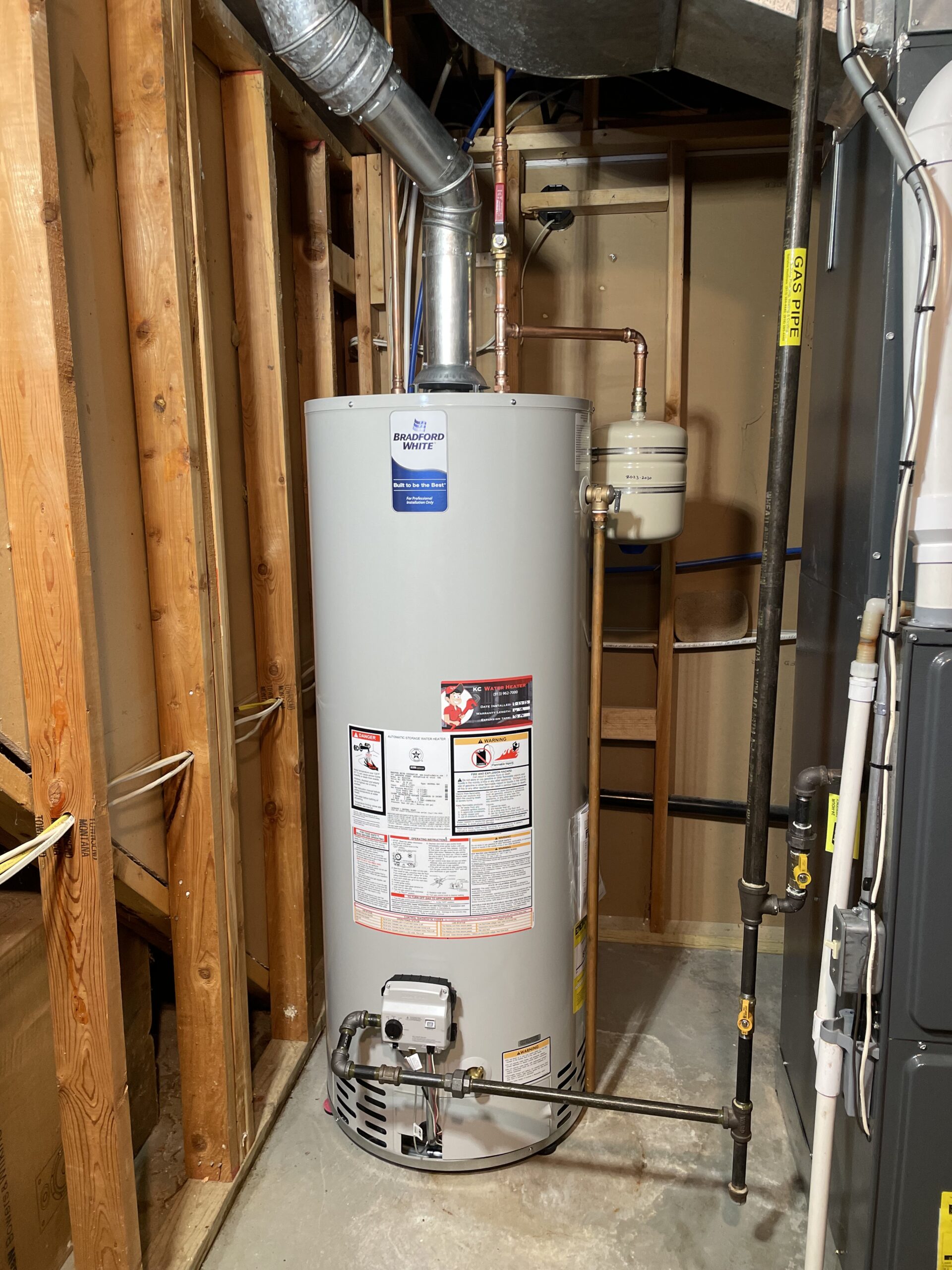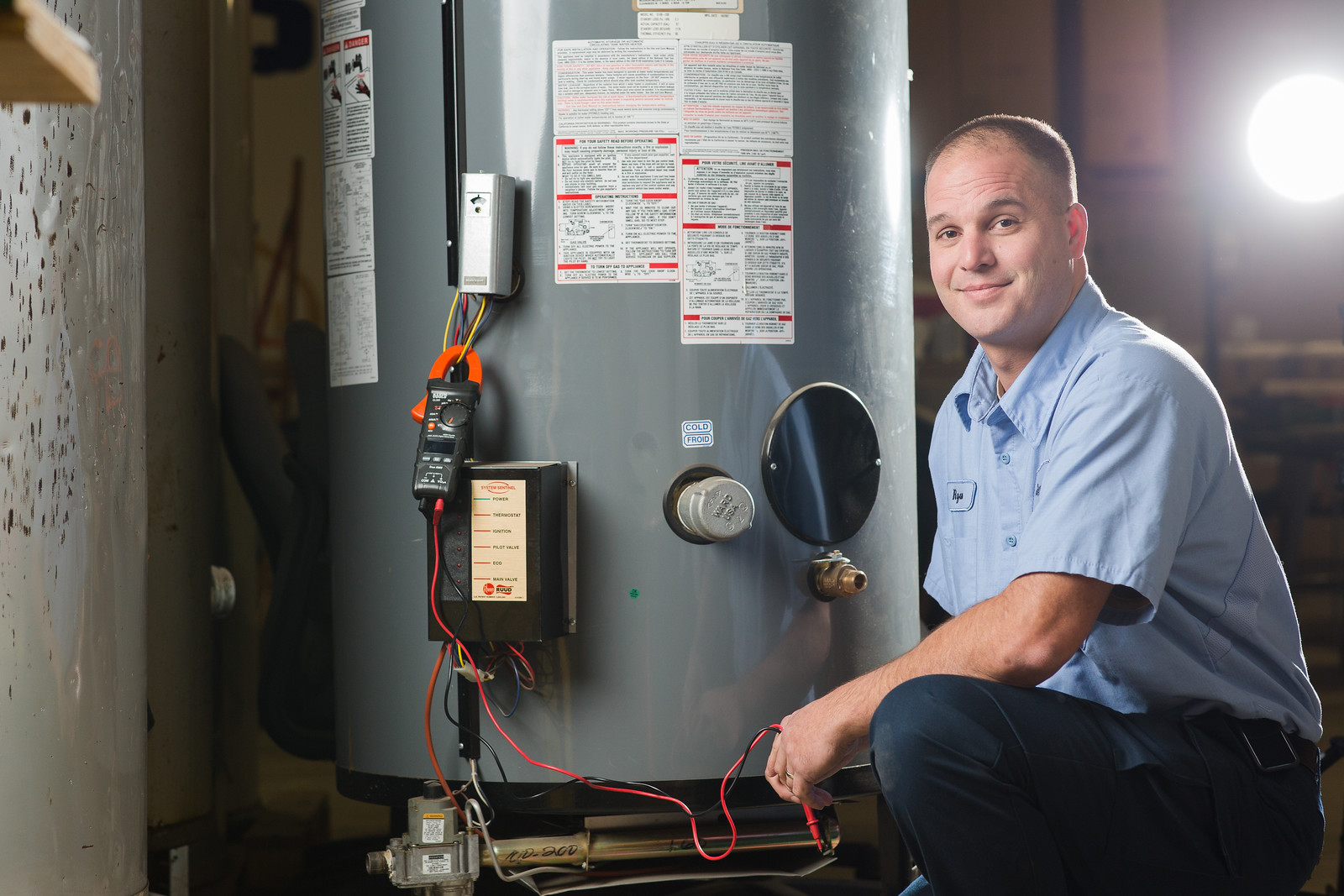Effective Methods to Care for Your Home's Hot Water System Effectively
Effective Methods to Care for Your Home's Hot Water System Effectively
Blog Article
Right here underneath you'll find lots of high-quality data related to Water Heater Maintenance Tips You Can't Afford to Forget.

Hot water is essential for daily comfort, whether it's for a rejuvenating shower or cleaning meals. To ensure your warm water system runs effectively and lasts longer, regular maintenance is essential. This write-up gives sensible ideas and insights on how to preserve your home's hot water system to prevent disturbances and pricey repairs.
Intro
Keeping your home's hot water system may appear challenging, but with a few simple steps, you can ensure it operates smoothly for several years to find. This guide covers everything from recognizing your hot water system to do it yourself upkeep ideas and knowing when to employ specialist help.
Value of Preserving Your Warm Water System
Regular upkeep not just extends the life expectancy of your warm water system yet additionally guarantees it operates successfully. Overlooking maintenance can bring about lowered effectiveness, greater power bills, and also premature failure of the system.
Indications Your Hot Water System Needs Upkeep
Knowing when your warm water system requires interest can protect against major issues. Look out for indicators such as irregular water temperature, unusual sounds from the heating system, or rustic water.
Comprehending Your Warm Water System
Prior to diving into maintenance jobs, it's useful to understand the basic parts of your hot water system. Commonly, this consists of the water heater itself, pipelines, anode poles, and temperature controls.
Month-to-month Maintenance Tasks
Regular regular monthly checks can aid catch minor problems prior to they intensify.
Purging the Hot Water Heater
Purging your hot water heater removes sediment build-up, improving performance and lengthening its life.
Monitoring and Changing Anode Rods
Anode rods avoid corrosion inside the tank. Checking and changing them when worn is essential.
Examining and Readjusting Temperature Setups
Changing the temperature level settings makes certain ideal efficiency and safety and security.
Do It Yourself Tips for Maintenance
You can do several maintenance tasks yourself to keep your hot water system in top condition.
Checking for Leaks
Routinely evaluate pipes and connections for leaks, as these can cause water damage and greater expenses.
Testing Stress Relief Valves
Checking the stress relief valve guarantees it functions appropriately and avoids excessive stress build-up.
Shielding Pipelines
Protecting warm water pipes decreases warm loss and can save power.
When to Call a Specialist
While DIY maintenance is valuable, some concerns require professional competence.
Complex Problems Requiring Professional Assistance
Examples include significant leakages, electrical troubles, or if your water heater is constantly underperforming.
Routine Specialist Upkeep Perks
Professional upkeep can consist of detailed inspections, tune-ups, and making certain conformity with safety requirements.
Verdict
Routine maintenance of your home's hot water system is necessary for performance, durability, and expense financial savings. By following these suggestions and knowing when to seek expert assistance, you can make sure a reputable supply of warm water without unforeseen disturbances.
Water Heater Maintenance: The Basics
Maintaining your water heater will ensure it operates efficiently and has a longer lifespan. Neglecting regular maintenance can lead to costly repairs and an even bigger chunk of your savings if you have to replace it sooner than necessary. But there’s good news: Most water heater maintenance tasks are relatively simple and easy for homeowners with basic DIY skills.
Flush the Water Heater
Over time, sediment and minerals can build up in the tank, reducing its efficiency and potentially causing damage. To flush the tank, turn off the power or gas supply, attach a hose to the drain valve near the bottom and open the valve to drain the water until it runs clear. Ideally, flush the tank annually.
Replace the Anode Rod
The anode rod is a sacrificial metal rod that helps prevent corrosion inside the tank. Inspect and replace it every three to five years or per the manufacturer's recommendation. To replace the anode rod, turn off the power or gas supply, drain a few gallons of water from the tank, unscrew the old rod and replace it with a new one. If the anode rod is significantly corroded or covered in calcium buildup, it's a sign the water heater may need to be replaced soon.
Tune-Up
A yearly tune-up can help identify potential issues and ensure your water heater operates at peak efficiency. This typically involves checking the thermostat, burner assembly (for gas heaters) and any other components specified by the manufacturer. During a tune-up, the technician may also clean the burner and adjust the pilot light (for gas heaters) or examine the heating elements (for electric heaters).
How to Maintain Your Water Heater
Insulate the tank. Insulating the tank can improve energy efficiency and reduce heat loss, saving you money on energy bills. You can purchase precut insulation blankets designed specifically for water heaters or use standard fiberglass insulation wrapped securely around the tank. Check the temperature. The recommended water temperature for most households is around 120 degrees Fahrenheit (49 degrees Celsius). Higher temperatures can increase energy costs and potentially cause scalding. Use a kitchen thermometer to check the temperature at the faucet nearest the water heater. Monitor water pressure. Excessive water pressure can strain the water heater and cause leaks or even tank failure. Install a pressure-reducing valve if necessary. The ideal water pressure range is between 60 and 70 PSI (pounds per square inch). Test the temperature and pressure (T&P) relief valve. The T&P relief valve is a safety feature that releases pressure if the tank gets too hot or the pressure builds up too high. Test it annually by lifting the lever and allowing a small amount of water to release. Replace the valve if it doesn't release water or reseal properly. Check for leaks. Regularly inspect the tank, pipes and fittings for leaks or corrosion. Deal with issues promptly to prevent further damage. Even a small leak can lead to significant water damage over time. Consider a tankless water heater. If your traditional tank-style water heater is nearing the end of its lifespan ( typically 10 years), consider replacing it with a tankless water heater. These units heat water on demand, reducing standby energy losses and potentially saving you money on your energy bills. Schedule professional maintenance. While homeowners can perform many water heater maintenance tasks, it's still a good idea to schedule professional maintenance every few years. A plumber or HVAC technician can thoroughly inspect the unit, identify potential issues and ensure it operates safely and efficiently. https://www.homeserve.com/en-us/blog/home-improvement/hot-water-heater-maintanence/

I hope you enjoyed our excerpt on Water Heater Maintenance Tips You Can't Afford to Forget. Thanks a lot for finding the time to read our blog. Are you aware of another person who is intrigued by the subject? Why not share it. Thanks so much for taking the time to read it.
Click For More Info Report this page